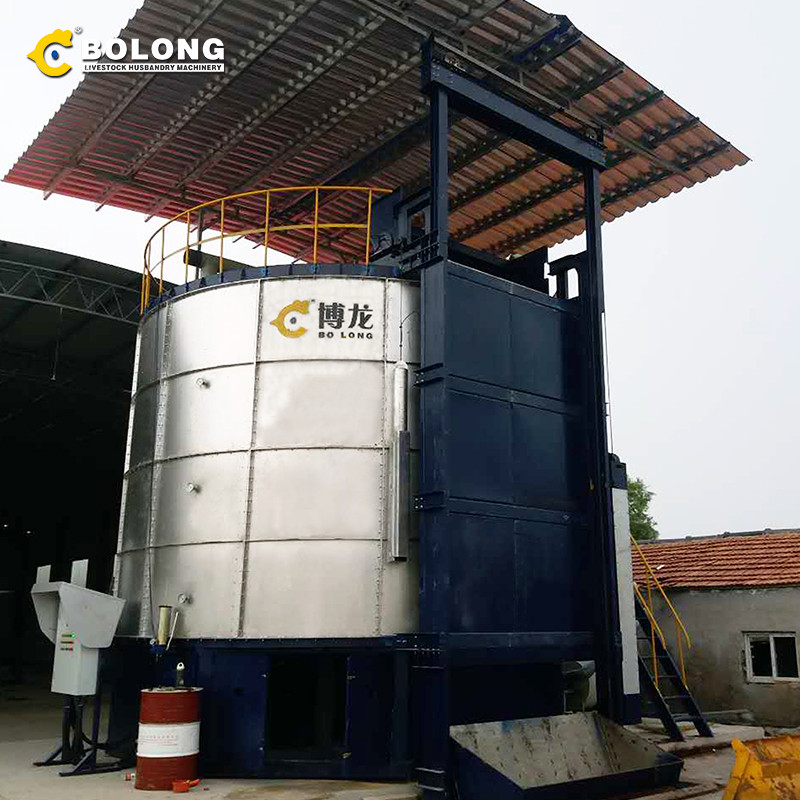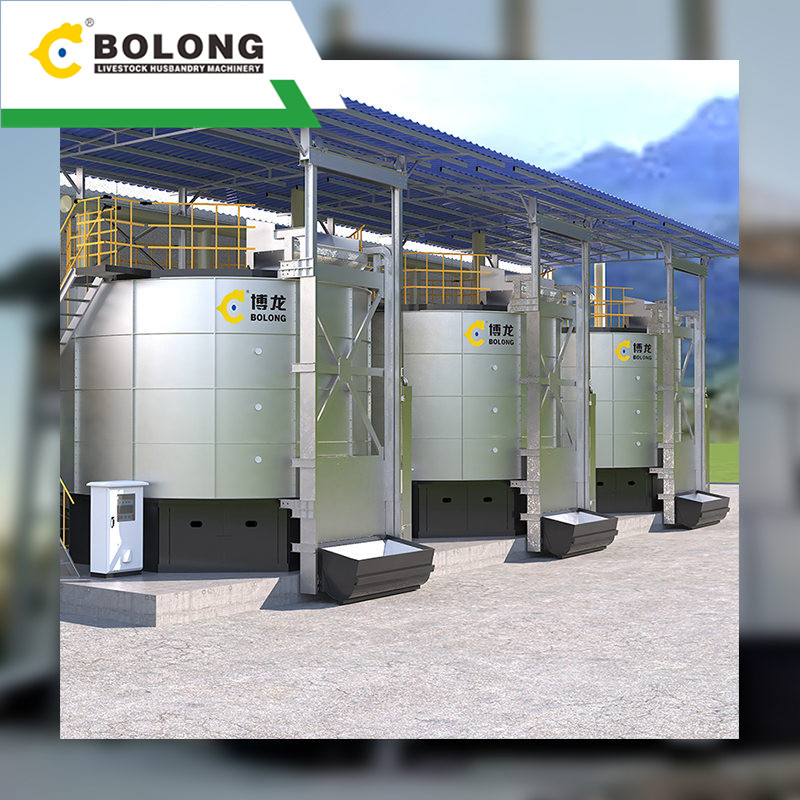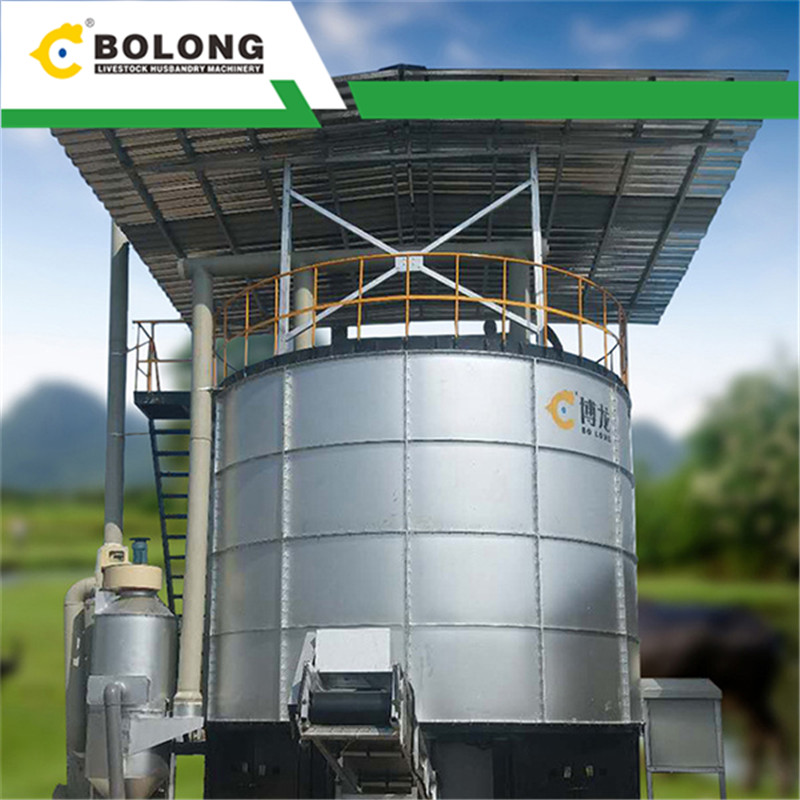2021/9/1/ · Food waste was a superior bioresource for caproate production. Considering this amount of glucose, about 57.3 kg ethanol was produced in the ethanol fermentation system, which was then separated into two parts: (1) 21.3 kg ethanol is used for acetate production; and (2) 38.9 kg ethanol was used as ED for caproate production. ...



